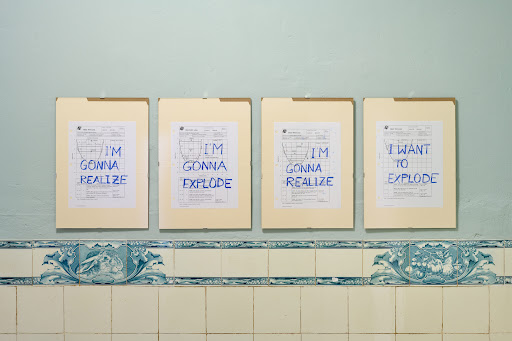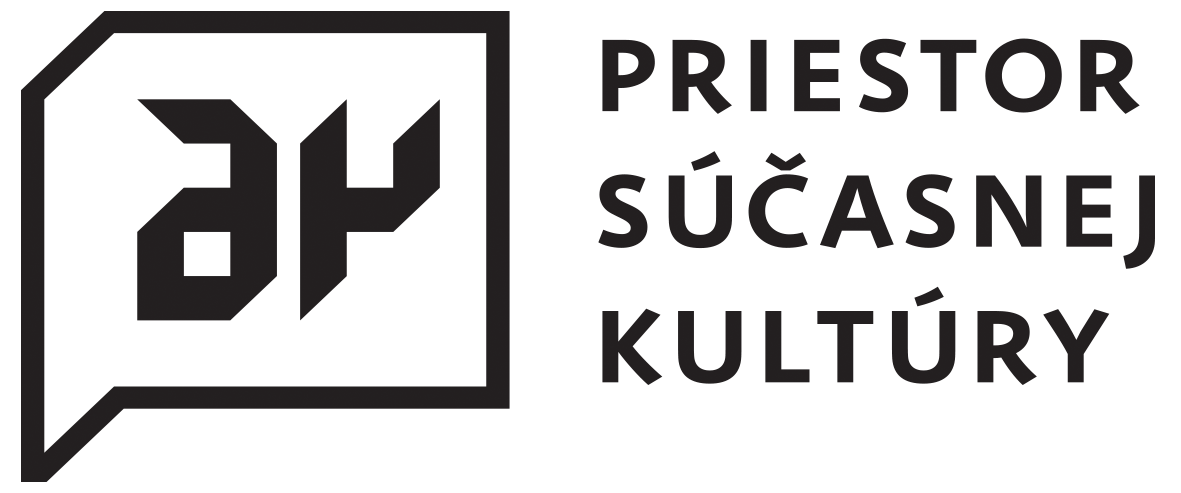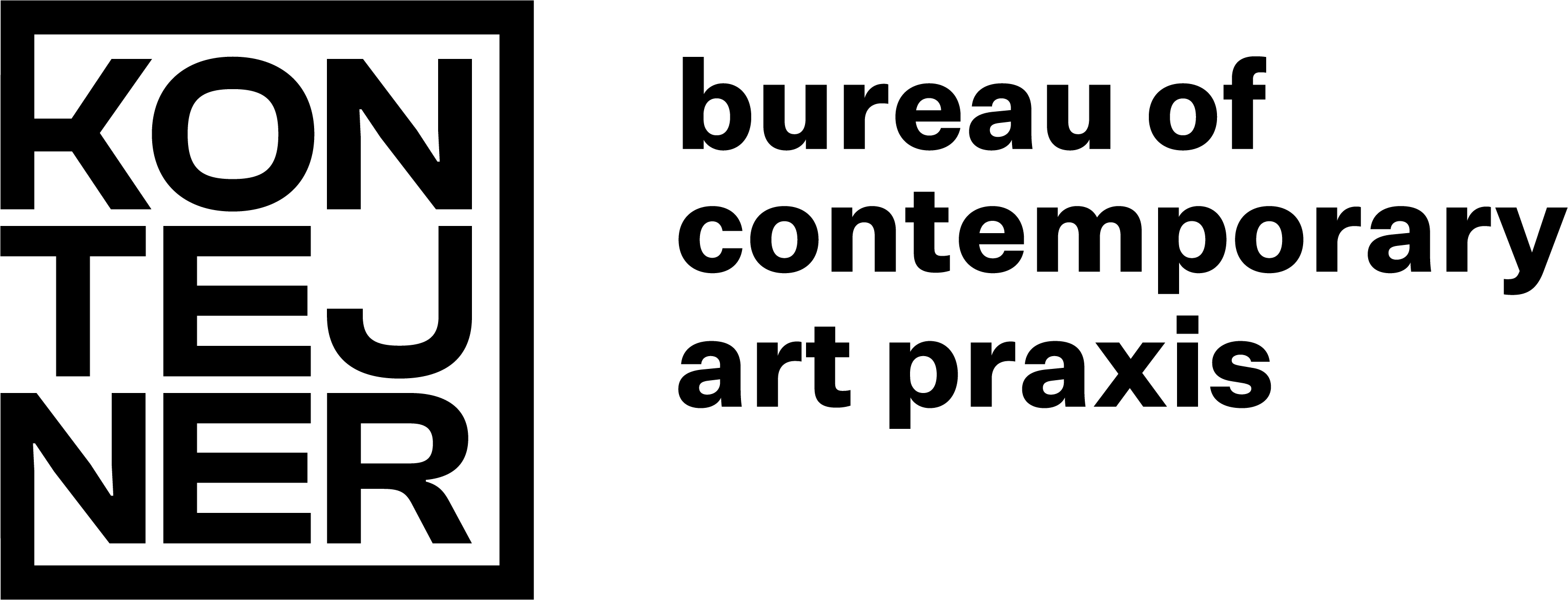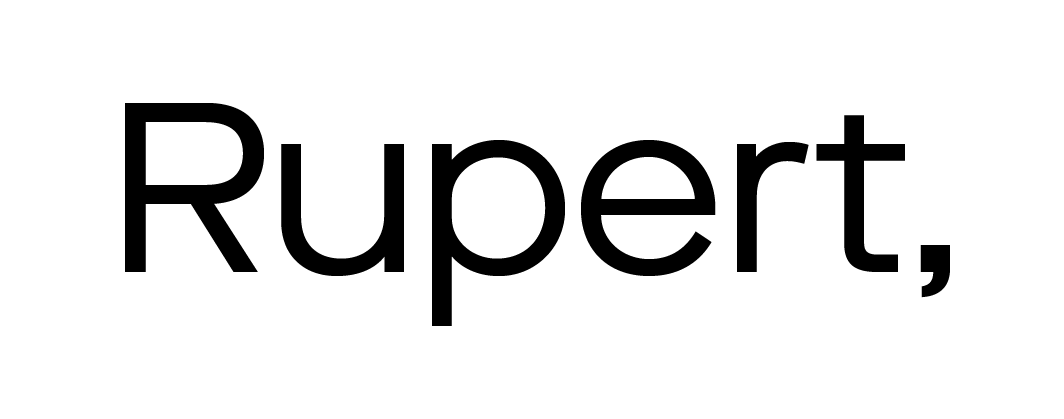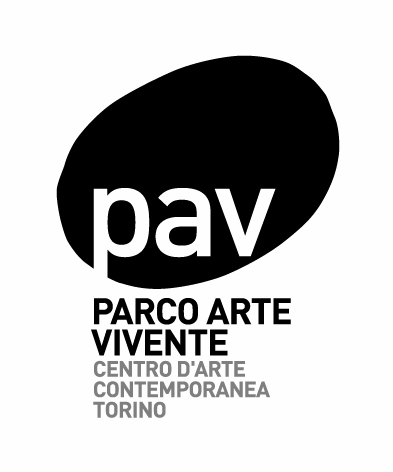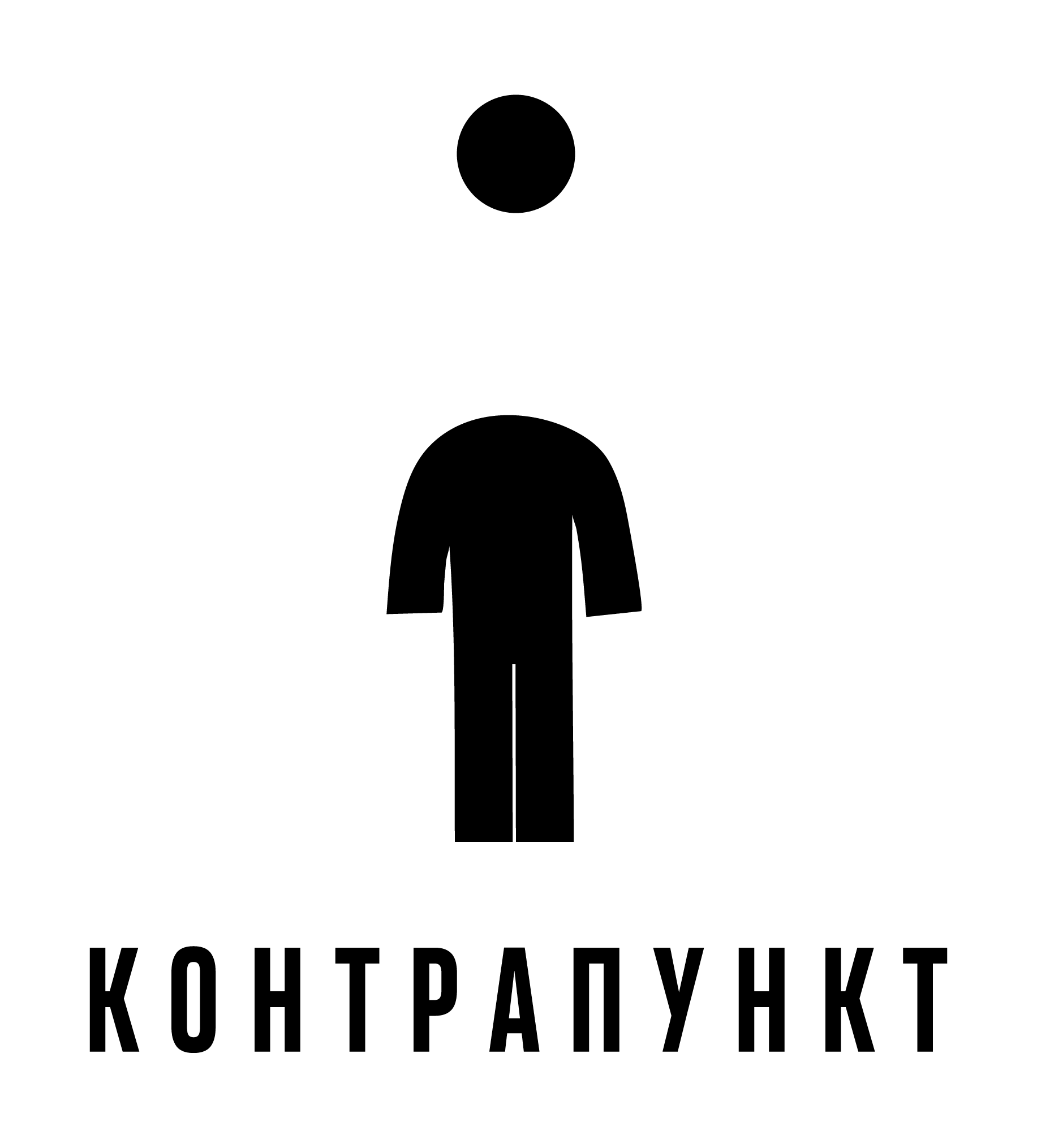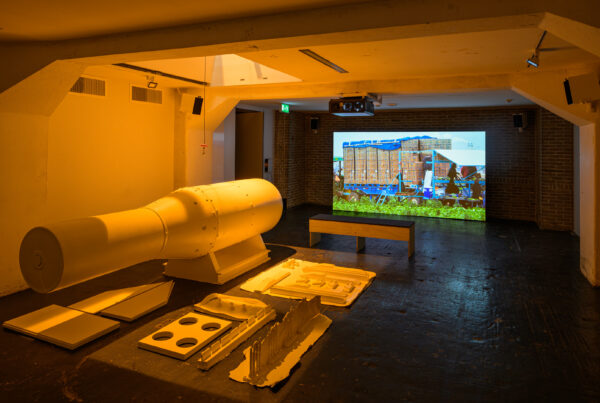
Photo credits Pieter Kers
Blighted by catastrophe, the Salton Sea, a shallow, landlocked, highly saline body of water on the southern edge of California, has been in a constant state of rapid natural transformation due to colonisation, nuclear and atomic weapon testing, recreational development, tornadoes, flooding, agriculture, and toxic dust storms. Currently, the area is being scouted for lithium mining and is projected to become a dust bowl within the next twenty years.
Searching for reflections in the toxic field of plenty is a series of ten works by filmmaker Lukas Marxt that speak to his continued fascination for the Salton Sea. The series consists of six video installations, with a duration between 8 and 20 minutes, two sculptural installations (replica’s of atomic bombs), a light box, and an upscaled 18-piece assembly kit of the atomic bomb dropped on Hiroshima. The video’s for instance zoom in on the history and effects of nuclear testing, and examine the landscape, the precarious residence status of the farm workers in the Imperial Valley, and the ongoing environmental and ethical derogation.
Commissioned by Sonic Acts as part of Re-Imagine Europe – New Perspectives for Action. Co-funded by the European Union.
Produced with thanks to Kunststiftung NRW, who provided funding for the works Little Boy, Marine Target and Fat Man is more efficient than Little Boy. Lukas Marxt’s artistic practice is further supported by Galerie Khoshbakht.
Presentation:
Sonic Acts Biennial 2024 (premiere)
9 February – 17 March
Looiersgracht 60, Amsterdam
2024.sonicacts.com
This work is available for touring.
Contact for Presentations: info@sonicacts.com


